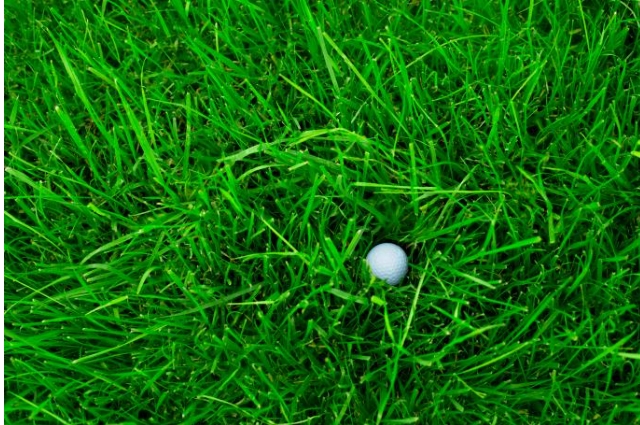Is long, brutal rough necessary to hold the scores of good players in check?
Championship courses have traditionally used ankle-deep rough to defend againt low scores, but is there a better way?
HadelProductions
Architect Steve Smyers is one of golf’s top designers. His credits include Old Memorial in Florida, Maridoe in Dallas and the Pfau Course at Indiana University. Smyers also has been a nationally competitive amateur player and was a member of the 1973 University of Florida National Championship team with Andy Bean, Gary Koch and current Augusta National chair Fred Ridley.
Golf Digest: In the era that you came up, a course’s greatness was usually measured in proportion to its difficulty. Courses such as Oakmont, Winged Foot, Cherry Hills and Olympic Club were admired for their ability to keep the professionals on their heels in no small part because of long, brutal rough. Is punishing long grass still a necessary tool to hold the scores of good players in check?
Smyers: When you talk about rough, people think of long grass that requires golfers to hack out of. What is rarely discussed is that light rough has a significant impact on the spin of a golf ball. I’m talking about rough that goes to the equator of the ball only, so you can still see the golf ball, but there’s going to be grass and clubface interaction. When you take an elite player like Bryson DeChambeau or Rory McIlroy, it’s about controlling the spin on the ball and controlling what the ball does when it lands on the green. Hitting the ball out of light rough changes those dynamics.
This became truer when the USGA’s boxed groove ruling (regulating the spacing and shape of grooves on the clubface) went into effect in 2010. Before that, studies revealed that an 8-iron and wedge with boxed grooves would spin as much out of the rough as they did from the fairway, and in some cases, a 5-iron would spin even more. The only way for courses to combat that was to have a higher cut of rough, as was prevalent in the setups of the great old courses where tournaments were played.
As the game has evolved, putting surfaces have become much firmer and putt much faster, so scoring for elite players is strictly about controlling spin and launch angle. That friction of a small amount of grass on the ball can vary the ball flight of a short iron by six yards or more—three yards less or three yards more. That has a big impact on scoring. Light rough puts the element of uncertainty and imprecision into play, and that has a significant impact on strategy and course management.
Smyers: For a major tournament with good players, I’d like to see a graduated rough that is higher in relation to the severity of the dispersion pattern so that you are penalized according to your miss.
I grew up in Texas and had the good fortune of being around Ben Hogan a little when I was young. I remember standing with Jimmy Demaret, Jackie Burke and John Burke [Jackie’s son] watching Hogan hit golf balls, and I’ll never forget this: Hogan pulled out his driver and looked at Demaret and said, “Jimmy, the most important part of the game is, you drive it good, you attack the golf course, you drive it bad, the golf course attacks you.” I think driving accuracy is something we don’t talk enough about in our industry.
In fact, I like putting driving accuracy at the pinnacle of the game, and if you’re off on a certain day like even the best players are, you’re in the light rough, and you have to manage your way out. There’s a way to do it, but that’s where design and firmness and having creative hole locations all falls into place. You don’t need to make them hack it out, you just need enough grass on the ball to take away their control.
All the design elements go hand in hand. When you’re designing putting surfaces, you must create hole locations that reward players for hitting the ball in the fairway and put players who hit the ball into the rough at a disadvantage. That doesn’t mean they have a poor angle—it just means that they can’t control the spin and have to play away from the flag or risk short-siding themselves or being too long.
Conversely, an average or below-average golfer can actually be helped by rough that only goes to the equator of the ball. They can go in there with a utility club and run it up to the green if there’s an opening. As an architect, you want to provide those openings because placing hazards in front of the green is inconsequential to elite players because they play exclusively through the air. This way, all golfers can manage themselves around the golf course. I wouldn’t have that deep rough. You want to get people around the golf course and not have them looking for golf balls.
Short rough is underutilized in modern architecture. I want to emphasize this point: If I were setting up a major championship, I’d grow the rough to the point where the top of the golf ball is exposed, so you can find it and get a club on it but not control it the way you’d want to. You don’t need ankle-deep rough to control scoring.
